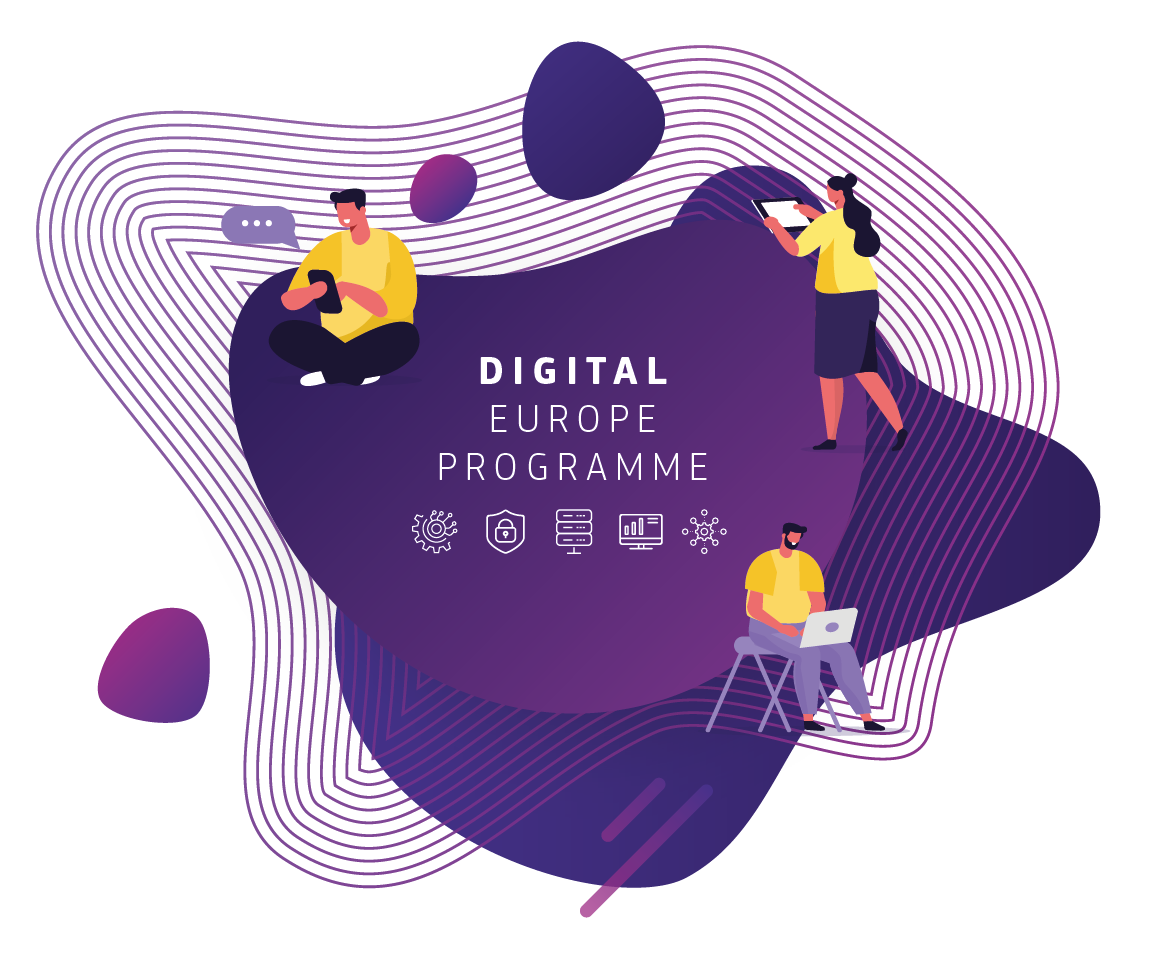VocBench Documentation
This documentation page is focused on VocBench 3, the new version of VocBench since 2017.
Documentation for the previous version of VocBench, VB2, can be found here.
A comparison of the two versions of the system is available here. This is outdated now, not reflecting all the features added to VocBench 3 in the last years.
Requirements and Installation
Requirements
VocBench 3 comes with a standalone distribution (see the downloads page) which includes:
- the Semantic Turkey RDF services platform
- the Vocbench web application
For a basic use of the system, it suffices to download the above distribution and install Java 17 (or a more recent version).
Other Options
We recommend use of a separate, dedicated triple store for storing the data, while adopting local repositories only for small projects and for quickly playing with the system.
Optionally, a separate http server can be used for hosting the web application.
More details for both options are provided in the system administrator manual.
docker distribution
For those proficient with Docker, a docker distribution has been made available along with the standalone distribution. The readme file available on the docker project explains everything about installation and run; the following instructions are thus related to the standalone distribution.Installation
Installation of the system is pretty immediate: unzip the standalone distribution and that's all! So, even if you start completely from scratch, downloading and installing java and then downloading VocBench shouldn't take more than 10'
More advanced installation options are described in the system administrator manual.
Running the system
Just:
- run the semanticturkey (with extension: .bat in Windows systems and .sh in UNIX ones) script from the /bin directory of the distribution and wait for the console to prompt the messages shown in the following screenshot:

- point your browser to: http://localhost:1979/vocbench3
Test Drive
Following the installation, if you are familiar with RDF editors, you may want to try immediately a quick Test Drive, and read the manual later for getting more details about the system
Manuals
The user manual details all (well, all..we are always improving the application, and we hope to keep up with the docs!) the operations that users can perform on the application.
The system administrator manual deals with various installation options and all the advanced features related to system customization/reconfiguration that need to be performed under the hood
The developer manual provides behind-the-stage information for VB developers, third party developers and anybody interested in how VB works
Additional Documentation
The FAQ page provides information about frequently asked questions.
The Tips 'n' Tricks page goes beyond the normal documentation, putting together several ideas for supporting complex use cases.
The troubleshooting section of this site deals with any problem in making VocBench work..at any cost! :-). This may be related to known bugs or issues with the adopted technologies.
Thomas Francart and Marie Muller from Sparna have written a great guide to the use of the Sheet2RDF tool within VocBench
Videos
The videos page is collecting references to interesting presentations and tutorials about VocBench
SKOS Development Pages
While not intended as a full SKOS guide, the SKOS Development pages provide insights on aspect of SKOS development which are usually less known, best practices and also typical modeling issues and how they are dealt with in VocBench.







